Can succulents survive winter? 5 things you should do to help them
Follow these top tips from plant experts to keep your succulents alive during the cold months
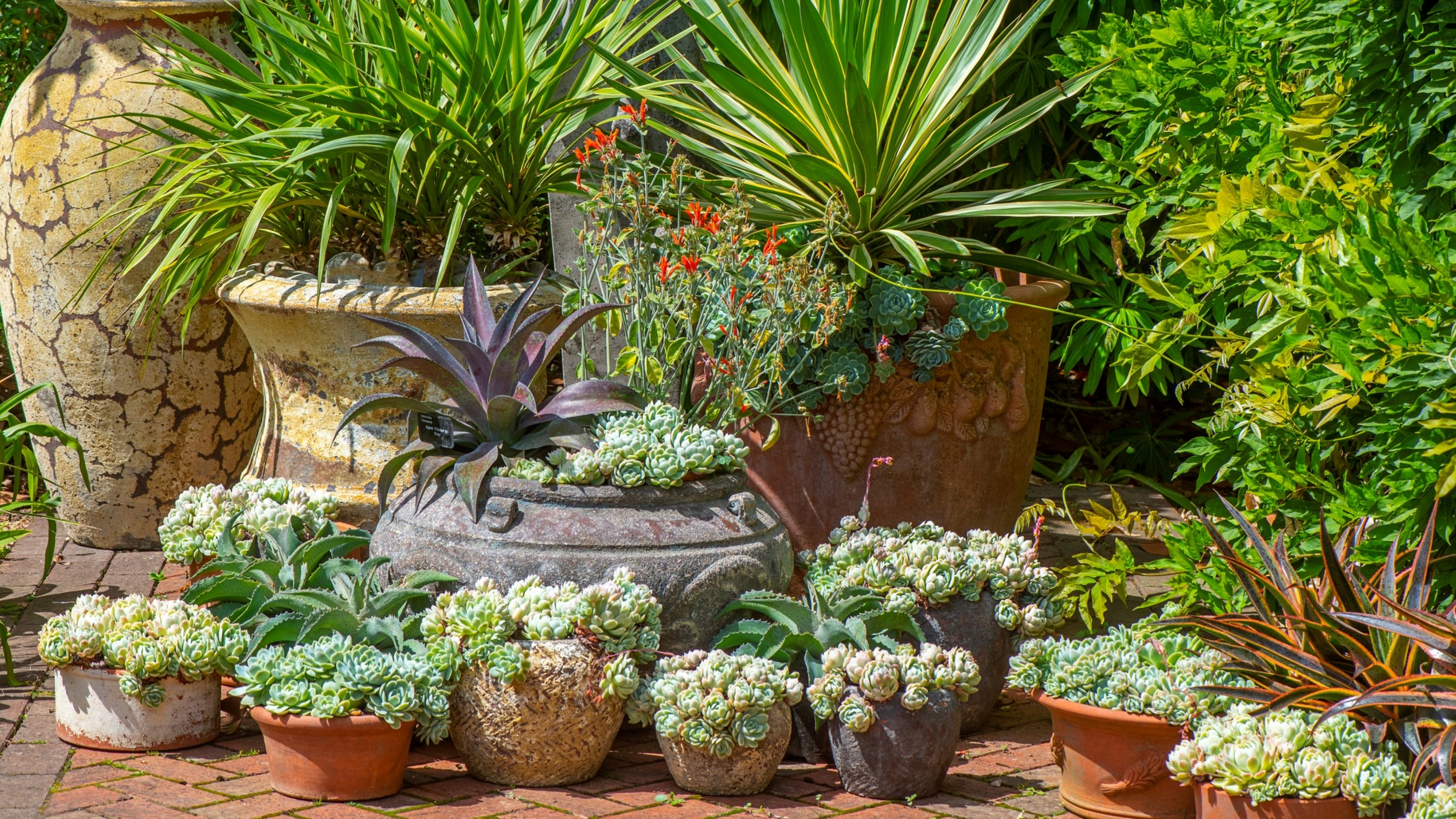

Can succulents survive winter is something you might well be asking if you're a fan of these popular outdoor plants. Available in an almost infinite variety of shapes and pretty shades of green, red, and purple, they are are typically used in container arrangements and as part of green walls and roofs. As temperatures cool, however, you may wonder if they'll survive.
A key part of learning how to grow succulents is learning how to overwinter them correctly. Should you bring yours indoors or will they do fine outdoors? What are the necessary steps for protecting these plants from very harsh winter weather? We've asked several plant and gardening experts to give their top tips for keeping succulents alive in winter.

Can succulents survive winter outside?
The first thing you will need to do is work out if you are growing a hardy or tender succulent. If you have hardy succulents such as sempervivums and hardy sedums. they can stay outside in winter providing you follow a few simple steps to help them survive. If, however, you are growing soft or tender succulents, and live in an area that experiences frost and snow, these will need to be brought indoors. If you are unsure which variety you are growing, the plant care label should list that information, or ask for advice at your local plant center.
Many people assume that because succulents come from subtropical climates they can't survive a frost, but this isn't really true for hardy varieties. Succulents are a very special category of plants: they originate from desert climates, and desert climates are known for wide temperature fluctuations. In fact, most deserts will have sub-zero temperatures at night, and many types of succulents are well adapted to these sudden drops in temperatures.
This isn't to say that you should do nothing to help prepare your succulent garden for winter. Plant expert, arborist, and author of the Agro Fever blog John Dave points out that 'succulents can adapt to colder temperatures with a little preparation.'
Here are the main steps for making sure that your hardy succulents will survive cold winter temperatures.
1. Trim off dead leaves
'Start by trimming back any dead or dying leaves,' recommends John Dave. 'This will help the plant focus its energy on staying alive rather than trying to support dead leaves.'
This is true of all plants, which is why trimming or pruning is often done before the winter cold sets in. You want to give your plants time to recover energy and store it in the live parts of the plant. Succulents may also suffer from frostbite if you leave dead leaves on them.
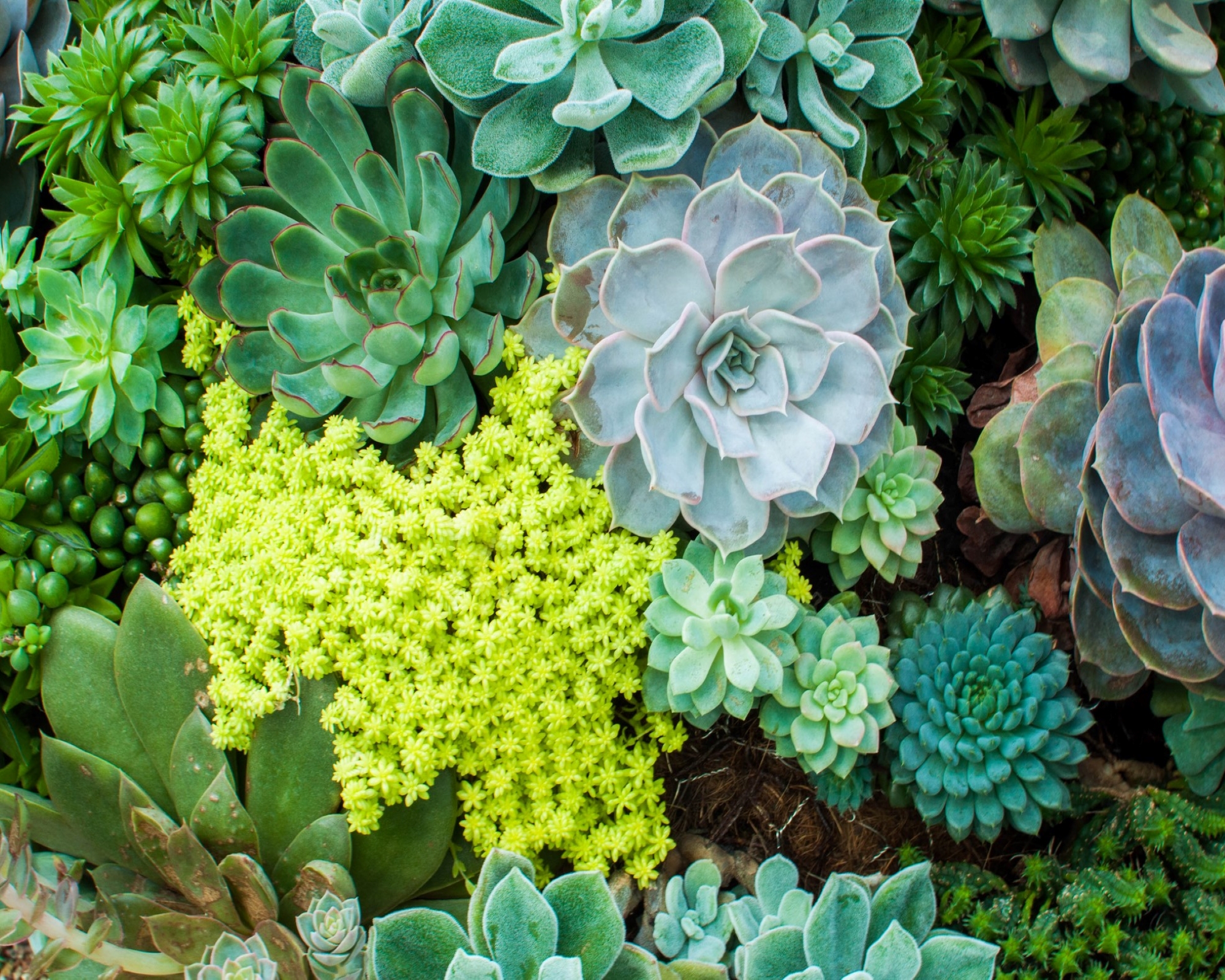
2. Water deeply but less often
Succulents store water in their leaves and don't require as much watering as other plants. All plants require less watering during the winter, but this is especially true of succulents, which require completely dry soil between watering to survive frosty weather.
Soggy, waterlogged soil combined with the cold will almost certainly kill them. So, John Dave recommends watering plants 'once every week, making sure the soil is completely dry before watering again.'
Pro gardener and founder of Greeny Thumbs Violet Joy Miller, advises that 'it is not necessary to water succulents as often in winter as in summer, but they will still need some water to survive. The frequency of watering will depend on the type of succulent, the climate, and the potting mix. As a general rule, most succulents need to be watered every one to two weeks in winter.' She also adds that 'it is best to err on the side of too little water rather than too much, as overwatering can lead to root rot.'
If you live in an area that receives lots of rain in winter, it can also be worth moving your potted succulents under a roof overhang so that they don't get drenched with continual downpours that could rot the roots.
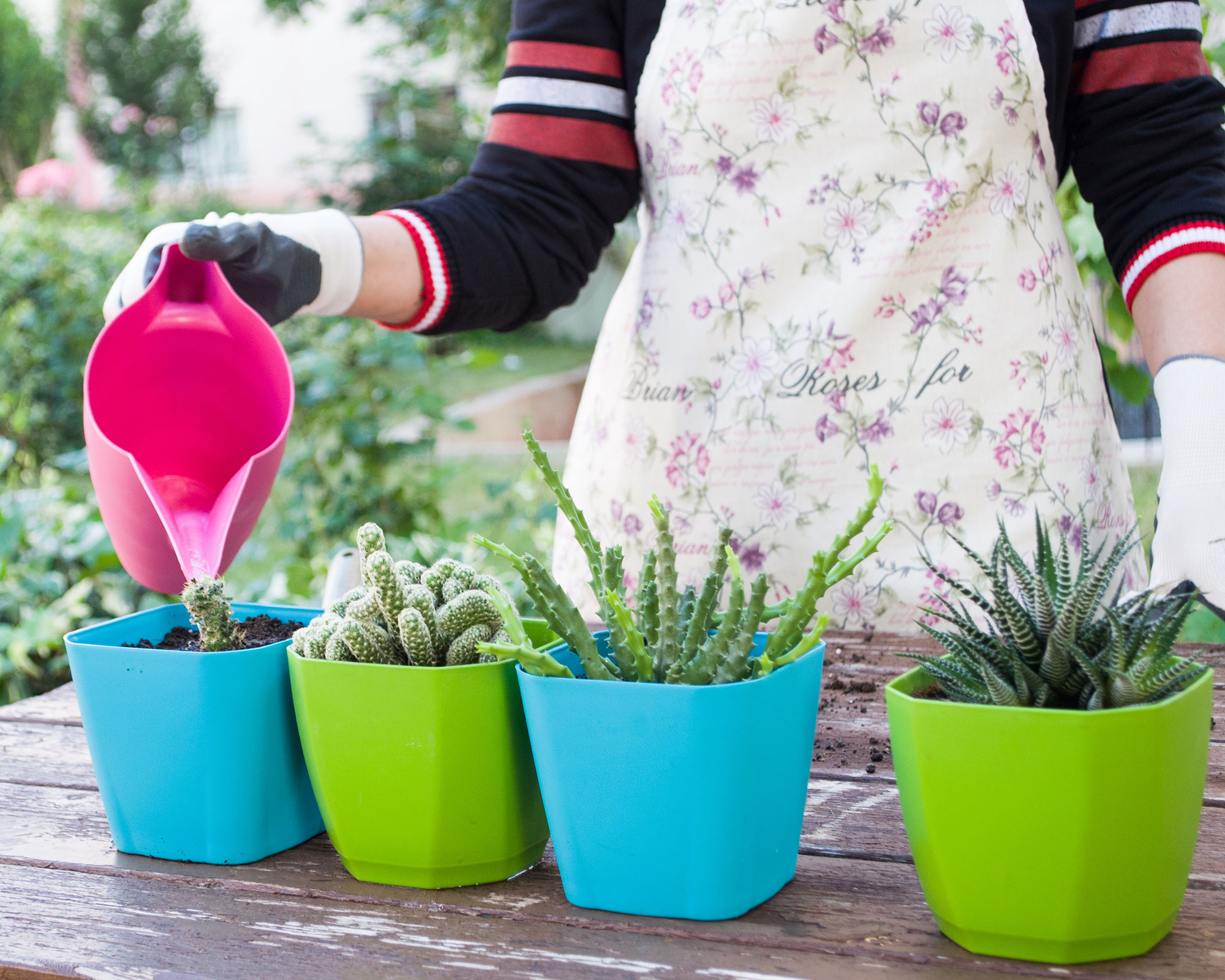
3. Cover your succulents with a horticultural fleece
If you are expecting extremely cold weather or a lot of snow, it's best to err on the side of caution and cover up your succulents to protect plants from frost. Andrew Porwol, Owner of Garden Centre Shopping, says that 'to keep succulents that you can't bring indoors safe and snug, cover them either with store-bought snow protectors or old blankets and fleeces. The layer will halt frost in its tracks and give your succulents the shelter they need.' Plant protectors can be bought on Amazon.
4. Move to a sheltered location
With many hardy succulents, all they need to survive a cold spell outside is a more sheltered location. This is easier with a succulent container garden as you can simply move your pots away from exposed locations on the ground.
Ideally, a sheltered location up on a garden wall or even on top of a patio table will give your succulents a better chance of surviving an especially cold weather spell. John Dave recommends moving your succulents 'to a spot where they'll be sheltered from wind and frost, such as an enclosed patio or garage.'
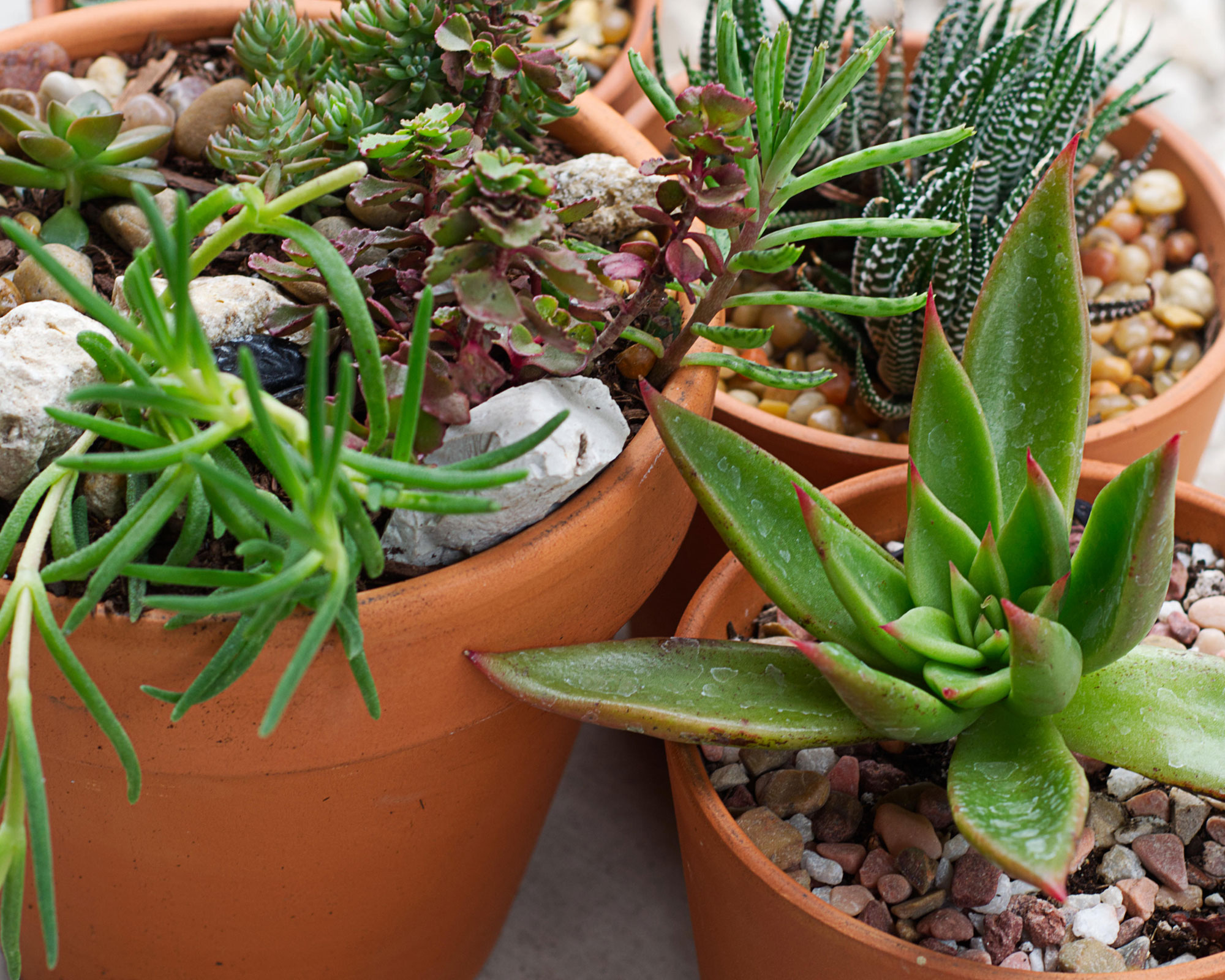
5. Move them indoors
If your yard is very exposed and you don't have a more sheltered outdoor location, it may become necessary to transfer your succulents to your indoor garden over winter.
'If you live in an area with particularly cold winters, it is best to grow them in a greenhouse or treat them as indoor succulents during this time.' Once temperatures have started to climb again and the risk of snow or heavy frosts has passed, you can return them to their spot outdoors.
As we previously mentioned, any tender succulents will certainly need to be moved indoors, unless you live in a warm climate where temperatures don't fall below freezing in winter.
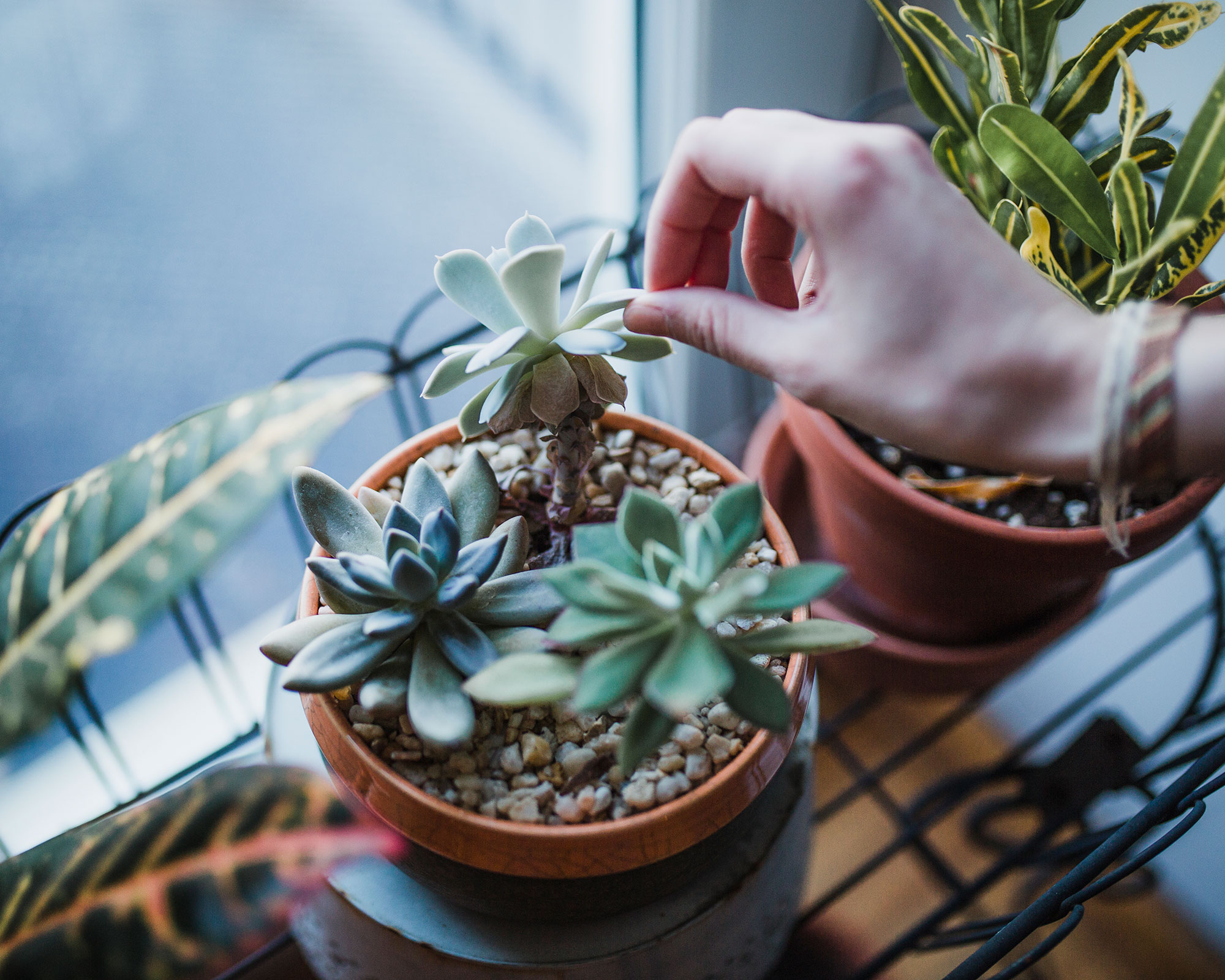
Anna writes about interior design and gardening. Her work has appeared in Homes & Gardens, Livingetc, and many other publications. She is an experienced outdoor and indoor gardener and has a passion for growing roses and Japanese maples in her outside space.
